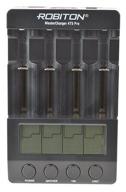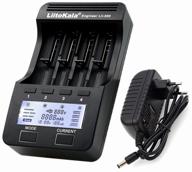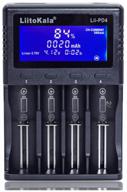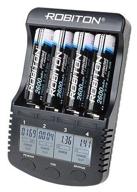
Review on ⚡ Battery Charger Analyzer Tester: BT-C2400 for AA AAA NiMH NiCd Rechargeable Batteries - Comprehensive Analysis and Charging Efficiency by Tamara Ellis

The perfect charger for Ni-MH batteries
As an energy professional who also works with a lab that professionally tests small rechargeable batteries, I'm picky about my charger. We have a number of computerized battery analyzers that cost thousands of dollars. So I sort my stuff and I'm a little picky about my home chargers. This thing has *every* function: - It charges each battery individually, so you don't have to worry about cell pairing or installing incompatible batteries and an unbalanced charge. It has reverse polarity protection, so don't worry about accidentally plugging in something the wrong way round. If you want to "just charge the damn battery," which is the mode it's in when you turn the device on, plug in the AA. or an AAA Ni-MH rechargeable battery and the battery will charge at a reasonable rate. Voltage, how long the battery has been charged, as well as the total number of mAh that have already flowed into the battery. - You can manually adjust the charging speed in 100mA increments if you want the battery to last longer. Live and get more charge or charge faster or match AAA battery vs D element and you can adjust speed PER BATTERY. - You can customize everything you can do with the battery to charge it, extend its lifespan, upgrade it or measure the capacity: 1) Just charge the thing and at the end report how much mAh entered became. 2) Discharge it fully then charge it 3) Charge it fully then discharge it fully then charge it fully and tell you how much mAh the battery gives between full and empty so you know the approximate capacity / condition. 4) Perform a refresh cycle in which the battery is discharged and charged three times, after the third cycle the maximum capacity is reported and the battery remains charged. This 4th mode is fantastic when you have abused cells lying around that appear to be dead. I've done one of these cycles (sometimes two to be safe or get a full refresher) on "dead" batteries and found that with proper practice they were still fully usable. On the other hand, if you run one of these cycles and the mAh capacity is still low, you can be sure that the battery has failed and can be disposed of. Training mode can be especially useful for "high capacity" batteries. I bought some good quality ones here and did some testing of the packaging. Probably because they have been on the shelf for a long time, if you only did one charge-discharge cycle, the measured capacity was maybe 80% of the nominal capacity. After three cycles, however, they delivered the rated capacity. I replaced the charger with one of these at work and ran our whole bunch of mouse/keyboard batteries on a refresh/test cycle, which brought some batteries back to life. and identified those that had to be discarded. Complaints about "my mouse keeps dying" have faded to non-existence. Oh, and I've made sure the mAh capacity quoted is accurate (based on pro hardware) and consistent - you'll get pretty much the same number with a good battery. when you test it again with it. Literally the only thing the $1000 battery analyzer doesn't do is cycle the battery repeatedly until capacity stops increasing. But honestly, I can live without it.
- Featured
- Ugly packaging
New products
Comments (0)
Top products in 🔌 Household Battery Chargers
Another interesting products
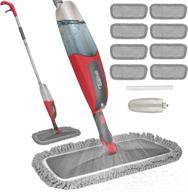
🧹 Efficient Spray Mop for Floor Cleaning, Tsmine Microfiber, 8 Pads & 550ML Refillable Bottle for Household Hardwood, Laminate, Tile

35 Review
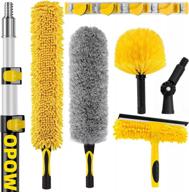
20 Foot High Reach Duster For Cleaning Kit With 5-12Ft Heavy Duty Extension Pole, Sturdy Extendable Microfiber Feather Duster, High Ceiling Fan Duster, Cobweb Dusters, Window Squeegee Cleaner Kits

35 Review
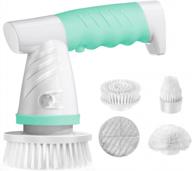
Portable Rechargeable Electric Spin Scrubber For Household Cleaning - Ideal For Bathroom, Kitchen, And Windows. Power Scrub Brush For Bathtubs, Sinks, Tiles, Grout, And Stove Cooker.

36 Review
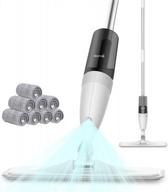
Effortlessly Clean Hard Floors With DEERMA'S 360° Rotation Spray Mop - Includes 8 Microfiber Refills And 350Ml Water Tank

42 Review


